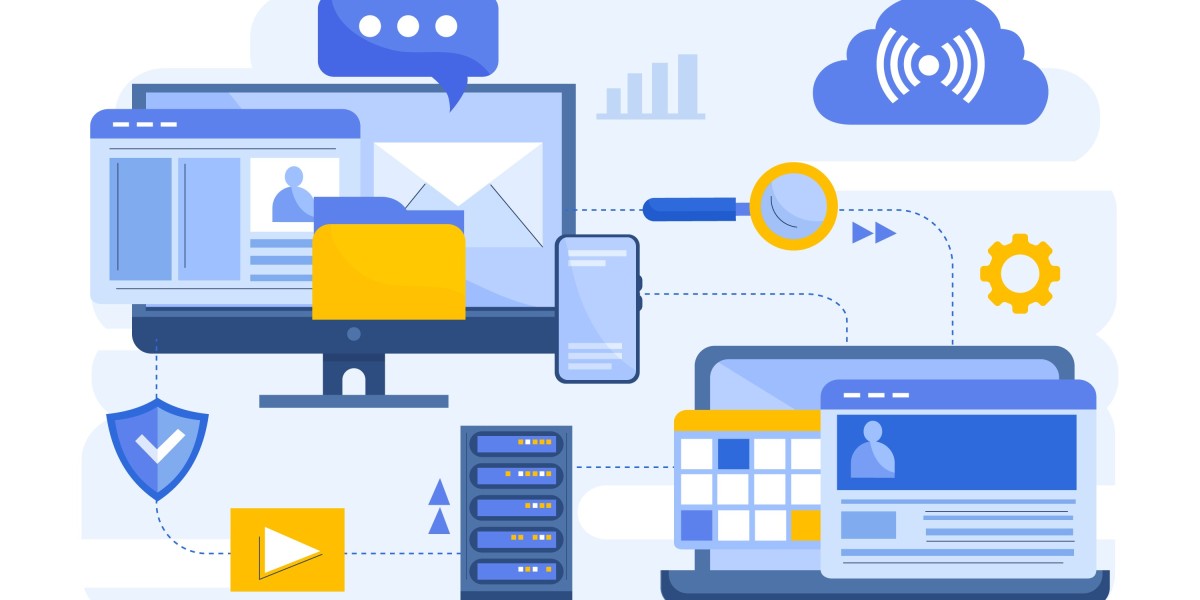In our rapidly evolving digital landscape, the need for secure software applications has never been more critical. With cyber threats becoming increasingly sophisticated, developers must prioritize security from the inception of their projects. In this guide, we'll explore practical tips and strategies to help you build a secure software application, safeguarding sensitive data and ensuring the trust of your users.
Understanding Security Threats
Before diving into the development process, it's crucial to understand the various security threats that software applications face. Common threats include:
- Malware and Viruses: Malicious software can compromise your application's integrity and steal sensitive information.
- SQL Injection: Attackers exploit vulnerabilities in database queries, potentially gaining unauthorized access to your database.
- Cross-Site Scripting (XSS): This occurs when attackers inject malicious scripts into web pages viewed by other users, compromising their data.
- Insecure Direct Object References (IDOR): Hackers exploit weak access controls, accessing unauthorized data.
Plan Your Security Architecture
Conduct a Risk Assessment
Before you start coding, identify potential risks specific to your application. Consider the type of data your application will handle and the potential impact of a security breach.
Use a Layered Security Approach
Implement security measures at multiple layers of your application, known as defense in depth. This ensures that even if one layer fails, others remain intact.
Keep Software and Libraries Updated
Regularly update your software and libraries to patch vulnerabilities. Outdated components are a common entry point for attackers.
Secure Coding Practices
Input Validation
Validate all user inputs to prevent malicious data from entering your system. This is crucial for preventing common attacks like SQL injection.
Avoid Hardcoding Sensitive Information
Never hardcode sensitive information like API keys or passwords in your code. Use secure storage solutions and environment variables.
Error Handling
Implement proper error handling to prevent revealing sensitive information in error messages. Provide generic error messages to users and log detailed errors for developers.
Use Parameterized Queries
When interacting with databases, use parameterized queries to prevent SQL injection attacks. This ensures that user inputs are treated as data, not executable code.
Authentication and Authorization
Strong Password Policies:
Enforce strong password policies for user accounts. Require a combination of uppercase and lowercase letters, numbers, and special characters.
Multi-Factor Authentication (MFA):
Implement MFA to add an extra layer of security. This can include codes sent via SMS, authentication apps, or biometric verification.
Role-Based Access Control (RBAC):
Assign specific roles to users with varying levels of access. This limits potential damage if a user's account is compromised.
Data Encryption
Transport Layer Security (TLS)
Use TLS to encrypt data transmitted between the client and server. This prevents attackers from intercepting and tampering with sensitive information.
Encrypt Stored Data
Encrypt sensitive data stored in databases to protect it from unauthorized access. Ensure that encryption keys are stored securely.
Hash Passwords
Hash passwords using strong cryptographic algorithms like bcrypt. This ensures that even if the database is compromised, passwords remain secure.
Regular Security Audits and Testing
Penetration Testing:
Regularly conduct penetration testing to identify vulnerabilities in your application. Hire ethical hackers to simulate real-world attacks and strengthen your defenses.
Code Reviews:
Have your code regularly reviewed by peers to identify potential security issues. Fresh eyes can catch vulnerabilities that may be overlooked.
Automated Security Testing:
Utilize automated tools to perform security scans on your codebase. This helps identify common security flaws and ensures a consistent level of security across your application.
User Education and Awareness
- Security Training:
Educate your development team on the latest security best practices. Continuous learning is essential in the ever-changing landscape of cybersecurity.
- User Training:
Provide clear guidelines for users on how to secure their accounts. This includes tips on creating strong passwords and recognizing phishing attempts.
Incident Response Plan
Develop a Response Plan
Prepare for the worst-case scenario by developing an incident response plan. This plan should outline the steps to be taken in the event of a security breach.
Regularly Update the Plan
As your application evolves, update your incident response plan to address new threats and vulnerabilities.
Compliance with Security Standards
Stay Informed on Regulations
Be aware of data protection regulations and industry-specific security standards. Ensure that your application complies with relevant laws.
Regular Audits for Compliance
Regularly audit your application's security measures to ensure ongoing compliance. This is particularly important for applications handling sensitive data.
Regularly Monitor and Log Activities
Monitor User Activities
Implement logging mechanisms to track user activities within your application. This aids in identifying suspicious behavior and potential security threats.
Set Up Alerts
Configure alerts for unusual activities, such as multiple failed login attempts or access from unfamiliar locations. This allows for swift action in case of a security incident.
Bottom Line
In conclusion, building a secure software application requires a proactive and multifaceted approach. By understanding potential threats, implementing secure coding practices, and staying vigilant through regular testing and monitoring, you can significantly reduce the risk of security breaches. Prioritize security from the outset of your development process, and you'll not only protect your users but also build a reputation for trustworthiness in the digital realm.








